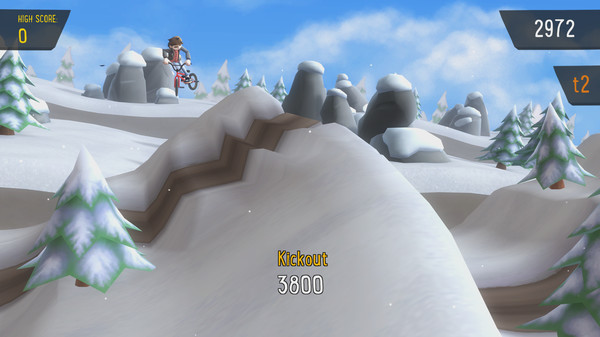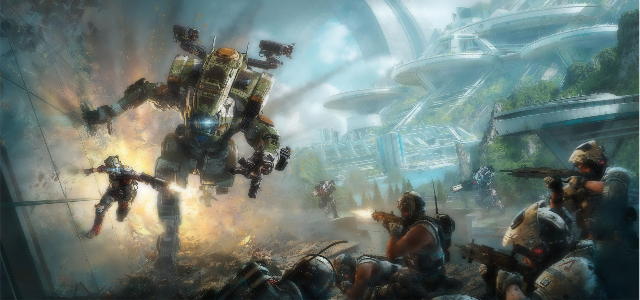I can recall the theme tunes for many of the programs I watched when I was very young because children’s brains just absorb information as a survival mechanism; a process which advertisers and producers use for merchandise and general awareness among their hyper-receptive audience as a vector to their parents’ wallets.
However fondly we remember the entertainment media of our past, things cannot remain the same. In the same way the stop-motion puppets of Postman Pat and Fireman Sam have given way to CGI, videogames have grown in scale and complexity. As well as moving from solid-state cartridges to discs to digital distribution, new business models have come to the fore as an alternative to conventional ‘boxed’ retail. Nostalgia for the good old days when you put a game in a slot and it just worked is fine, however it should not come at the cost of technological and narrative development. Secondly the idea of entertainment trying to bypass the rational and decision-making structures of our brains through manipulation and playing to our inherent psychological weaknesses is something I find unpleasant as a child of the early 1990s.
Previously the domain of Asian MMOs, the concept of playing a game with no up-front cost but an in-game market for items or service bought with real money has become a mainstream and largely accepted practice outside of its geographic and genre limitations. The first and one of the most memorable examples of this practice was an article from 2007 which is fortunately still available to read online about how one player in the Chinese MMO ‘ZT Online’ rebelled against the games’ heavily monetised and random chance-based systems which rely on inter-player conflict to promote their use. Examples such as this gave such games a reputation as ruthless money-vacuums designed to exploit behavioural conditioning techniques to make as much money as possible. In the West this kind of business model was frowned upon at the time, however it would soon become the business model of choice for MMOs as an alternative to being turned off.
The first major example of this taking place in a Western game was Dungeons and Dragons Online’s switch to F2P in 2009 and Lord of the Rings Online the following year. Both these games are still active today, most likely as a direct result of this change; removing the cover charge at the door gets more people in, gets more eyes on the real-money purchases and crucially provides other people for the “whales” to play with and reassure they aren’t wasting their disproportionate spending habits on a dead game.
After DDO and LOTRO shifted to an F2P business model the floodgates opened; more and more post-World of Warcraft subscription-based MMOs with dwindling populations took the opportunity to re-brand and re-launch; from giants such as Everquest 2 and City of Heroes to smaller games like Warhammer Online and Star Trek Online. However this is not a panacea for all of a game’s financial woes. Warhammer Online and City of Heroes eventually shut down despite this change. The launches of modern subscription-based MMOs such as The Elder Scrolls Online, Wildstar and Star Wars The Old Republic were met with scepticism and ridicule, mocking the hubris of pre-release videos of developers explaining why their game would be fine with a subscription, how it offers so much more to the passionate community etc. Invariably these games have moved away from subscriptions, often accompanied by more PR videos explaining how its a new opportunity for even more people to experience the game world, opening it up like never before.
Now only World of Warcraft still relies on a subscription and even then you can play the game up to level 20 for free; a replacement for the old 14 day trial program. Even EVE Online is taking a similar approach to draw in more new players; a development I look forward to talking about more as a former EVE player myself. Now it is arguable that the heyday of MMOs is well and truly over. The novelty of being online in a virtual world has worn off and games like League of Legends, DOTA offer the same team play, fantasy worlds and watchable competition with none of the lengthy grind to get there. Many of these games have now jumped to the console environment too; Warframe, Smite, Neverwinter, DC Universe Online and Star Trek Online have been ported and are successful enough to keep going in a period of market uncertainty and where even the biggest releases are failing on the sales figures of previous iterations.
The most worrying aspect of these mechanics is their proliferation in said big releases; what have been called “fee to pay” games which charge you upfront for the game and then act as a platform for further monetisation. Dead Space 3 was widely criticised for skewing its crafting system to make spending real money more attractive than the long real-time slog to acquire upgrade materials.
The recent examples of YouTubers being implicated in covertly running gambling websites for CSGO and other games which have blind purchase boxes and other elements show that the issues around this area are moving away from games media pontification like this very article towards being a “real” issue. I was on a train once and saw a boy of no more than 14 or so playing a fake CSGO weapon skin opening game; one that simulated the experience of playing Valve’s slot machine, presumably as playing the real thing wasn’t an option at the time. These kind of things make me worried for the future of games as both current experiences as well as their preservation for the future. What happens when these predominantly online games are no longer profitable and are shut down? Such concerns are a topic for another article, but are issues we should be considering when encountering, discussing or supporting such systems.



